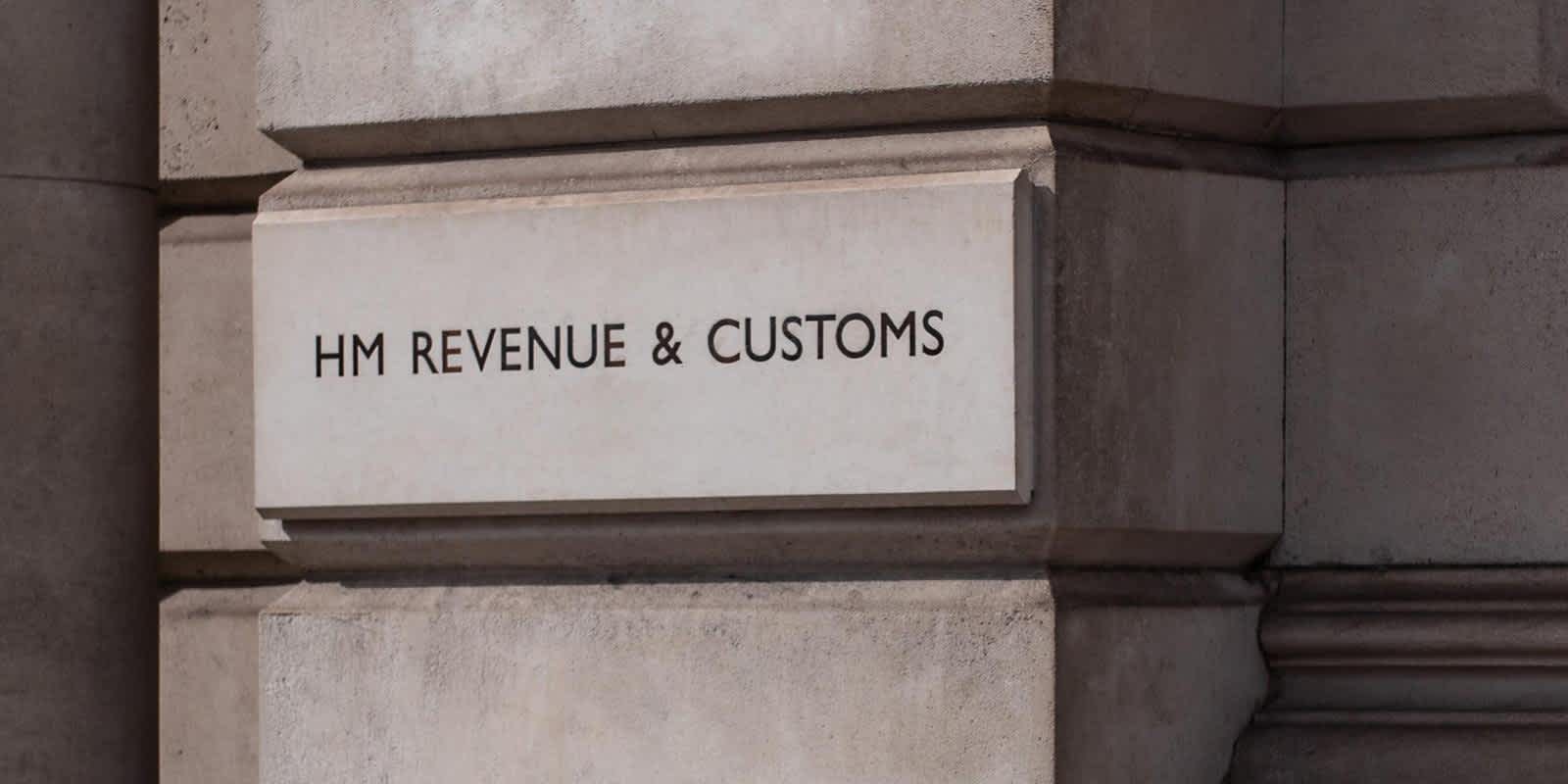
February 4, 2021
One Month Post-Brexit: How to Scale for New Supply Chain Demands
One Month Post-Brexit: How to Scale for New Supply Chain Demands
As companies mark the first full month since Brexit, the impact of new border and customs controls is emerging. Among the changes: All UK-EU trade requires new import and export declarations—up to 200 million more. Port congestion only compounds the issue.
But despite the avalanche of documentation and delays, there are ways to keep things on track.
Customs Costs
The sheer volume of new customs declarations can be a sink-or-swim proposition for some.
On one hand, the LA Times reports businesses are aggravated by red tape—a frustration the British government calls “teething problems.” Another take from UK newspaper The Times notes new expenses related to customs declarations are the same as they would have been under a no-deal Brexit.
The reality is additional complexity leads to higher costs. While some of these costs are unavoidable, others can be streamlined by working with customs professionals.
Business groups in the UK believe companies need support to address post-Brexit challenges. And some are calling on the government to remove complexity from customs documentation requirements.
Meanwhile, some businesses are moving to partner with brokers to help set up and maintain a compliance infrastructure. The cost of these new partnerships can extend the life of a business through a tough transition.
Automating customs documentation through digital dashboards also helps—even after increasing manpower resources. It’s not enough to just have lists of HTS codes; companies need to be able to assign codes to every SKU from every vendor in their catalog for speed and accuracy when clearing customs. A customs professional can help with correct assignments. Then, those HTS codes can follow products across Flexport’s platform throughout their journey.
“Data integrity and availability ensure brokers can intercept relevant information at its earliest point in the supply chain,” shares Jamie Houlihan, Global Customs Lead at Flexport. “By working with better data and in a digital platform, companies can prepare more accurate and timely customs clearances, including mitigating the risk of human error and non-compliance with local customs authorities.”
In other cases, companies can look for ways to boost cash flow. In the UK, Ireland, the Netherlands, and Belgium, postponement of VAT may achieve this goal. But companies may have to balance immediate needs with longer-term planning to get the most from this strategy.
Here again, experts can help with potential duty mitigation options amid the Brexit confusion—and the more data a company has, the easier it is to spot opportunities.
Those that process (or send goods for processing) may also have avenues to reduce duties. Other activities that could help qualify for a break:
- repairing goods under warranty
- sending or receiving commercial samples
- rejecting cargo for quality reasons
Movement of Goods
Border traffic is slow right now, a result of increased documentation and safety checks. The sluggishness exacerbates worldwide challenges, like a global container shortage. Port congestion has hit especially hard in Felixstowe, the UK’s largest container port.
To flow goods into the UK as quickly as possible, freight forwarders are finding creative solutions—empowered by supply chain visibility through technology—to reveal alternate routes, modes of transport, or stopgap solutions.
For some companies, this means shipping goods to a nearby port and relying on trucking to bridge the distance. Or, bonded warehouses can relieve inventory management burdens—and customs expenses—until the market is ripe. In urgent instances, shippers may justify the additional cost of airfreight, for the sake of business continuity.
By fine-tuning strategies, companies can develop a roadmap to get through the early days of change. For help with customs or other supply chain management post-Brexit, reach out to Flexport.



